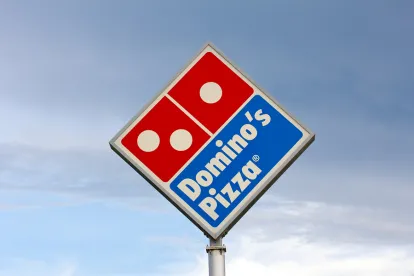The ADA was enacted in 1990 to prohibit discrimination against persons with disabilities. It did not include express rules about access to websites and mobile apps. But that hasn’t stopped a flood of lawsuits against companies based on claims their websites or mobile apps might not be accessible to people with disabilities, such as visual, hearing or limited manual dexterity.
According to UsableNet, a technology and accessibility company, nearly 2000 ADA-related lawsuits are expected to be filed by the end of 2019. UsableNet claims almost half of top 500 retailers have been sued since just the last two years.
In one such case, the pizza chain Domino’s was sued in federal District Court in California by a blind man who wasn’t able to order pizza on Domino’s website and mobile app. Domino’s claimed applicable law didn’t require it make its website accessible to people with visual impairments because websites and mobile apps generally didn’t exist in 1990 when the ADA was enacted. The plaintiff argued the ADA should apply, so long as the business contains physical locations in the US and is soliciting customers over the Internet. The District Court agreed with the plaintiff.
On appeal, the Ninth Circuit held that the ADA and California law applied to Domino’s websites and mobile apps, which were inaccessible by persons with visual disabilities. The Ninth Circuit then ordered the case to be sent back to the District Court for further rulings, but before that could happen, Dominos filed a petition for a Writ of Certiorari hearing with the United States Supreme Court, asking it to review whether its website is required to comply with ADA, or a comparable California state law.
To the disappointment of companies and the U.S. Chamber of Commerce, the Supreme Court recently decided not to review the Ninth Circuit decision. This means the Ninth Circuit court decision will stand, and the case will return to the District Court to determine whether and perhaps how Domino’s makes its website and mobile app accessible to all of its prospective customers.
The Supreme Court’s decision is difficult for companies, as there are no federal regulations or rules describing the steps they must take to comply. In 2017, the Justice Department withdrew its compliance guidance on this topic. Companies are typically left to negotiate a settlement regarding the applicable standards with the applicable plaintiff and court. Often that settlement requires compliance with the Web Content Accessibility Guidelines (WCAG), the international standards in digital accessibility for business websites that are set by the World Wide Web Consortium (W3C). Hopefully, the District Court in California can provide more guidance to companies to comply with the ADA and California law. Or perhaps, Domino’s will appeal again.
The case is known as Domino’s Pizza v. Guillermo Robles, No. 18-1539.



 />i
/>i

